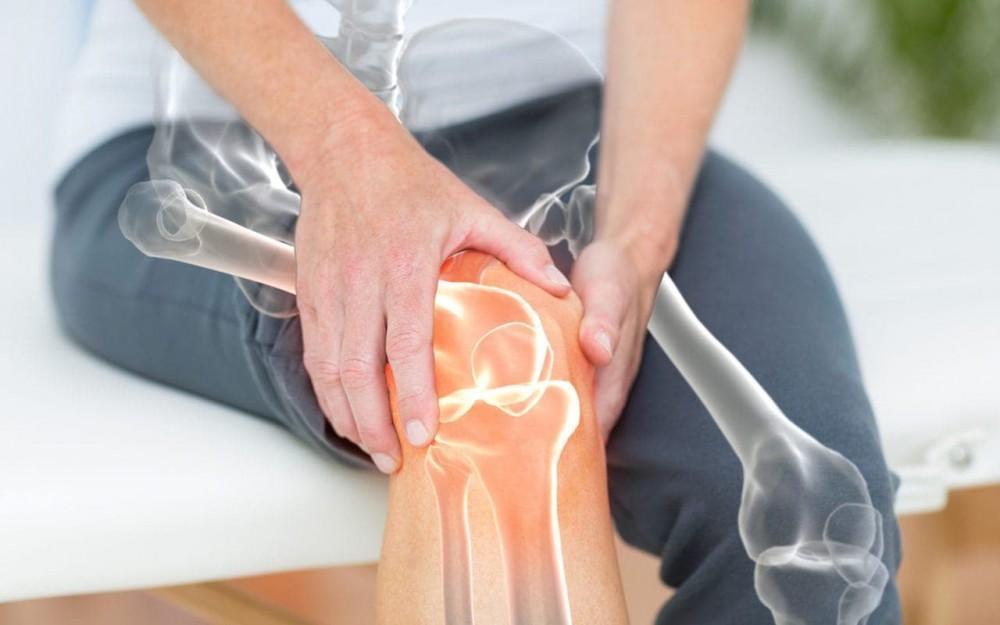One of the most common misconceptions made by patients when they are referred to physical therapy to treat their osteoarthritis, is that “nothing can be done” because the damage to the joint has already occurred and cannot be reversed. They are convinced that “physical therapy won’t help”. It is true that physical therapy cannot remove or “cure” the patient of arthritis as the degeneration to the joint has already taken place. However, physical therapy can drastically improve the patient’s amount of pain and increase the strength of surrounding areas to give that arthritic joint more support. Physical therapy can also improve the patient’s general body mechanics, so the patient holds themselves in better alignment so less stress is placed on the arthritic joint. All these improvements can drastically improve the patients’ pain, overall mobility, and overall quality of life.
For example, when looking at knee arthritis, if we strengthen the areas of the body that are above and below that joint (so the hip and the foot), then the knee joint will be getting better support from either end, which will improve the alignment of the knee when force is being placed on that leg, and therefore the knee will have less strain on it and be less painful. A physical therapist will teach the patient how to use this newly gained strength of their hips and feet to apply better body mechanics to keep their knee in better alignment without it collapsing in towards their other leg, while they are doing everyday tasks such as going up and down stairs, getting out of a chair, and getting up and down from the floor. With applying what physical therapy will train them in, the patient will be utilizing the proper strength and using the correct form so they don’t place excessive stress on the arthritic knee which would make it hurt more and suffer more damage.
Physical therapists also use a myriad of manual techniques to improve the way that the bones which make up your joint are moving on each other. We can also address any excessive stress in the muscles surrounding the painful joint and we can use dry needling to help relieve some of your pain. (To learn more about what dry needling is, feel free to check out our previous blog post about it!).
As you can see, there are many ways in which PT can help improve many of your symptoms that are caused by arthritis. Although we do not expect to be able to make you completely pain-free, because that underlying joint is still compromised, there are still so many things we can do to help. If you ever have any questions as to if physical therapy is appropriate for a current injury or diagnosis that you have, you can always schedule a “Discovery Visit”. This is a free 15-30min appointment where a physical therapist will sit down with you and verbally discuss your symptoms. Then they will discuss whether it sounds like physical therapy would be appropriate and what an evaluation and treatment would entail. At Accel Physical Therapy we are always here to help you feel better and get back to the lifestyle that you desire with less pain.
Hillary Jackson Benuck PT, DPT, Cert. DN, Cert. VRS, Cert. MST

